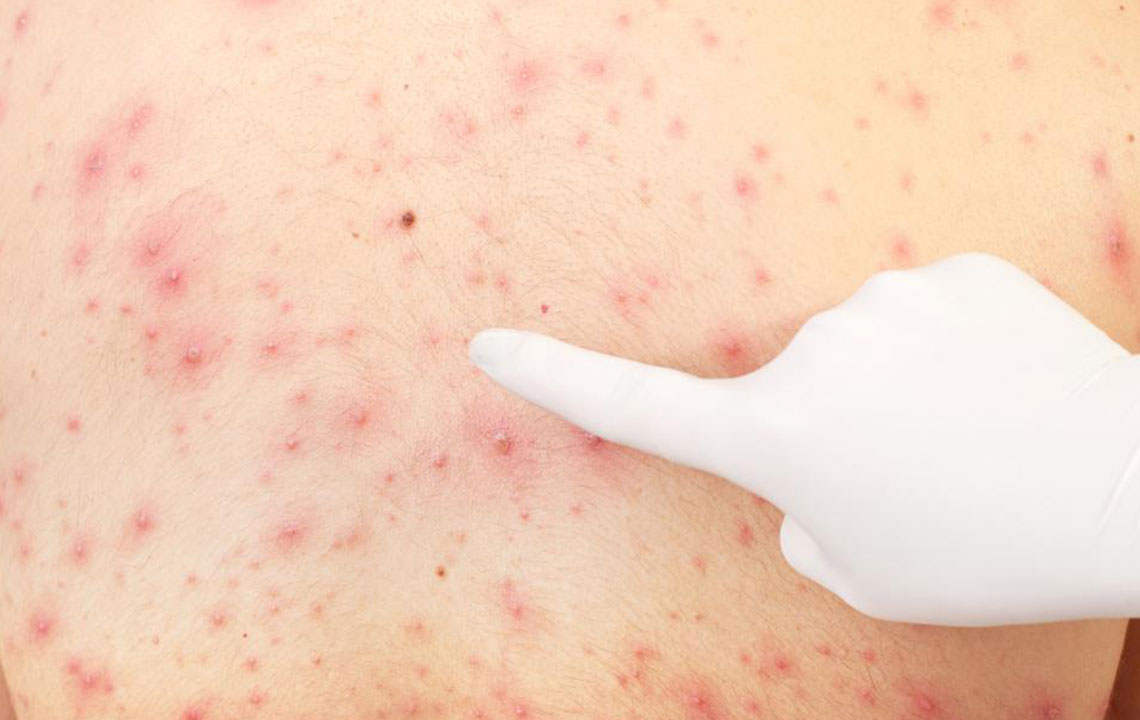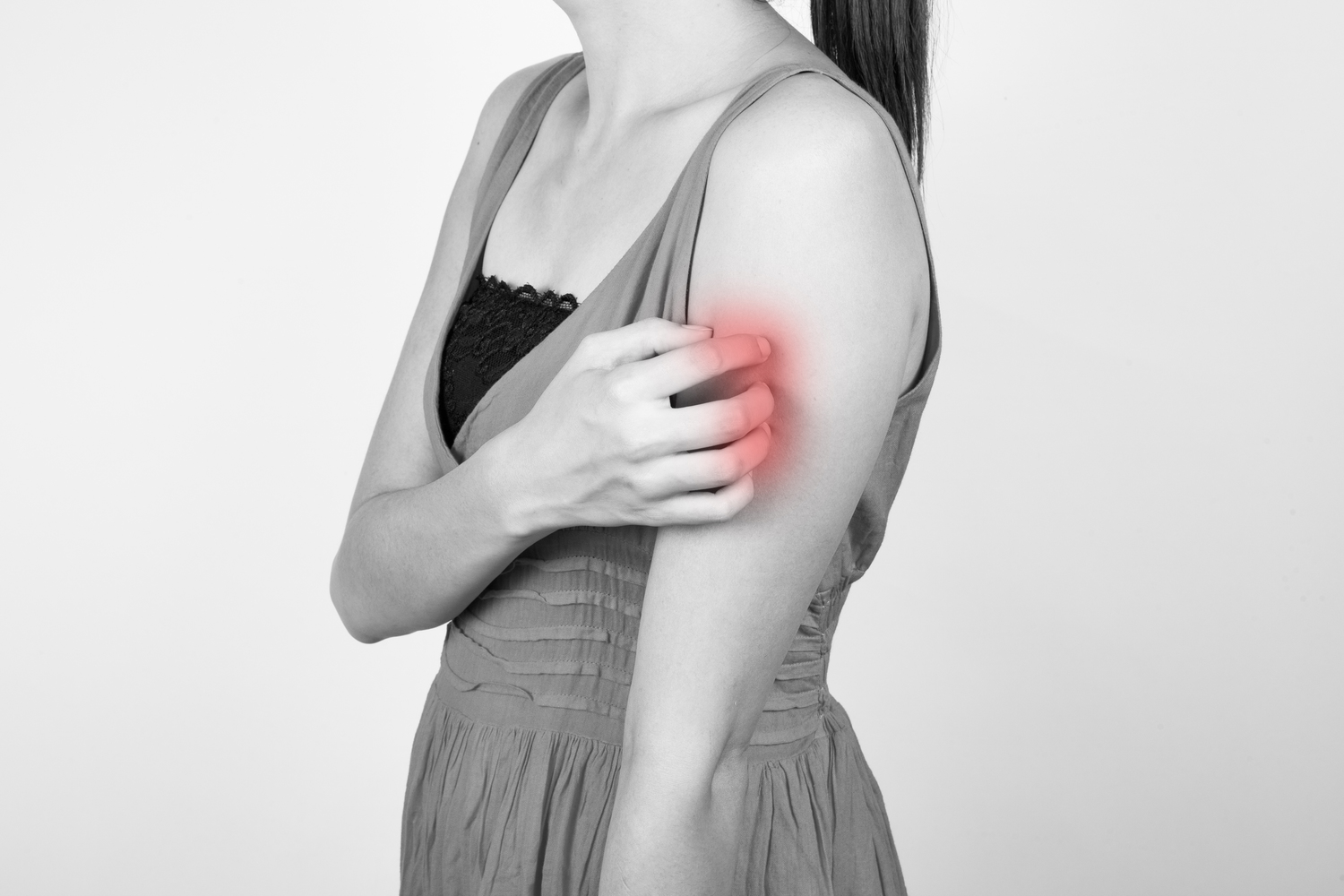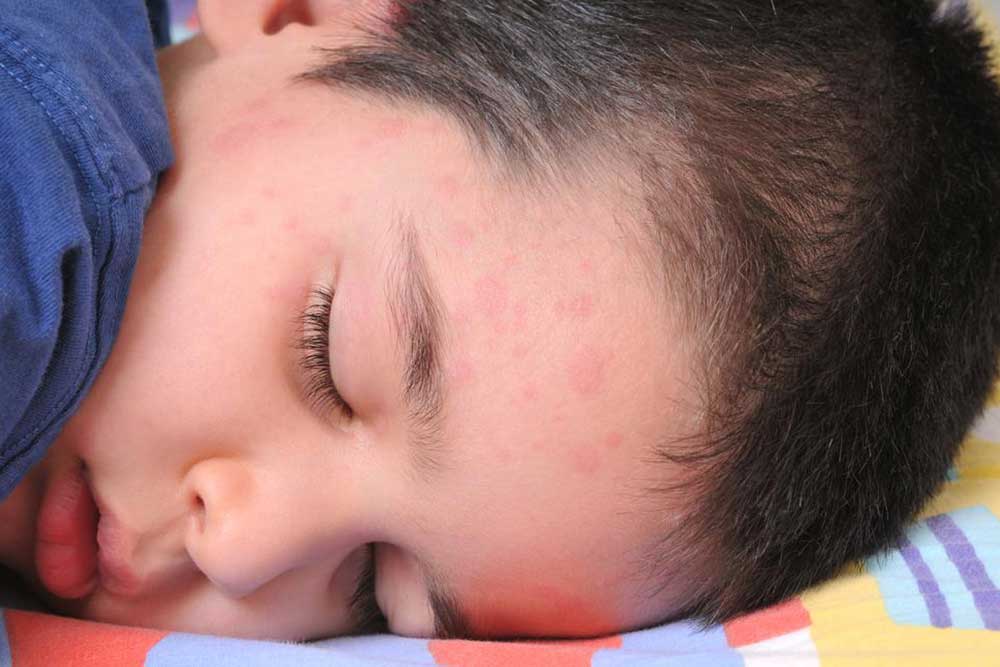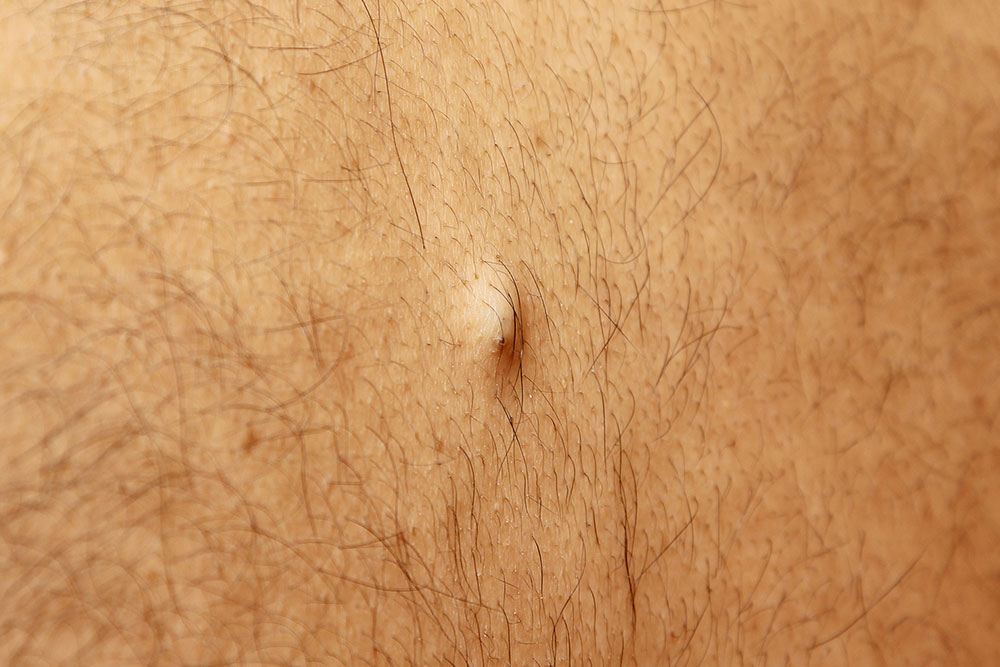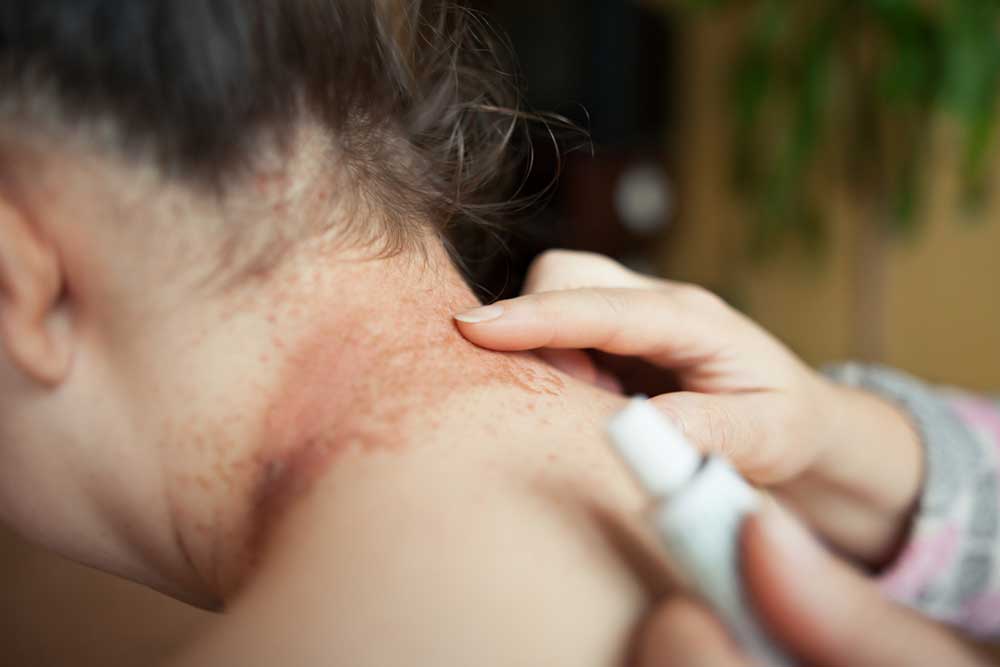Guide to Recognizing and Managing Skin Irritations
This guide provides insights into identifying different skin irritations, including allergic contact dermatitis, medication reactions, and cosmetic sensitivities. It offers practical tips for managing mild symptoms at home and emphasizes the importance of consulting a healthcare professional for persistent issues. Recognizing signs early can prevent complications and promote skin healing.
Sponsored
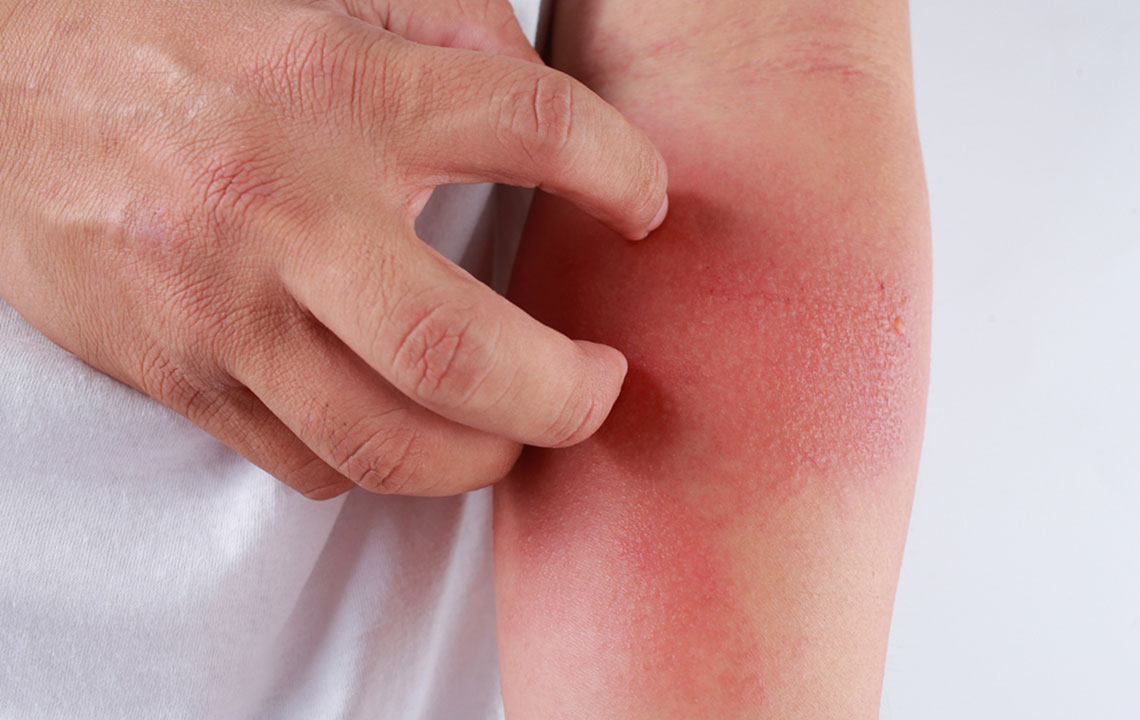
Skin irritations can cause discomfort, visible redness, and embarrassment. Identifying the cause of a skin reaction is essential for effective treatment and prevention.
Signs of skin irritation include redness, bumps, dryness, and itching. Observing these symptoms carefully will help determine the nature of the issue and guide appropriate care.
Various factors can trigger skin irritation, including:
Allergens
Medications
Personal care products
Health conditions
Allergic Contact Dermatitis
Occurs when the skin reacts to direct contact with an allergen. Identifying and avoiding these allergens is vital. Allergy testing can help pinpoint sensitivities. If uncertain about the cause, avoid touching the affected area and cleanse gently with warm water and mild soap.
If irritation persists, applying hydrocortisone cream can provide relief. Blisters may be alleviated with cold compresses applied three times daily until they heal.
Medication-Induced Rashes
These rashes result from adverse reactions to certain medicines. They can range from mild to severe and may develop immediately or after several weeks.
There are three main types:
Allergic reactions to medications like antibiotics or steroids
Side effects causing skin eruptions
Photosensitivity reactions where sunlight worsens the rash
Typical signs include pimples and redness on the face and torso, hives caused by reactions to substances like penicillin or aspirin, and purple patches often on the legs linked to blood thinners. Recognizing these patterns helps in prompt management.
Cosmetic-Related Reactions
Beauty products, from shampoos to perfumes, can provoke skin allergies. The reactions are often dryness, itchiness, redness, or hives. These may be caused by irritating ingredients or immune responses.
Opt for products with fewer ingredients to reduce risks. Always perform a patch test by applying a small amount on your skin and monitoring for reactions over 48-72 hours. When using perfumes, spray on clothing rather than directly on skin to prevent reactions. Consult a dermatologist for persistent or severe reactions.
Symptoms can include contact urticaria—itchy, burning sensations with swelling—and in severe cases, anaphylaxis characterized by difficulty breathing, swelling, and nausea. Photosensitive dermatitis can also occur when ingredients react in sunlight.
Home Care Tips for Mild Skin Reactions
Mild irritations can often be managed with simple home remedies:
Use lukewarm water instead of hot during baths
Choose gentle, ingredient-light soaps
Pat the skin dry gently; avoid rubbing
Keep the affected area exposed to air
Avoid scratching to prevent infection
Discontinue new products that may be causing irritation
Apply fragrance-free, soothing moisturizers
Use anti-dandruff shampoo if scalp or neck dermatitis occurs
If symptoms persist or worsen, seek medical advice for appropriate diagnosis and treatment. Early intervention ensures quicker recovery and prevents complications.

